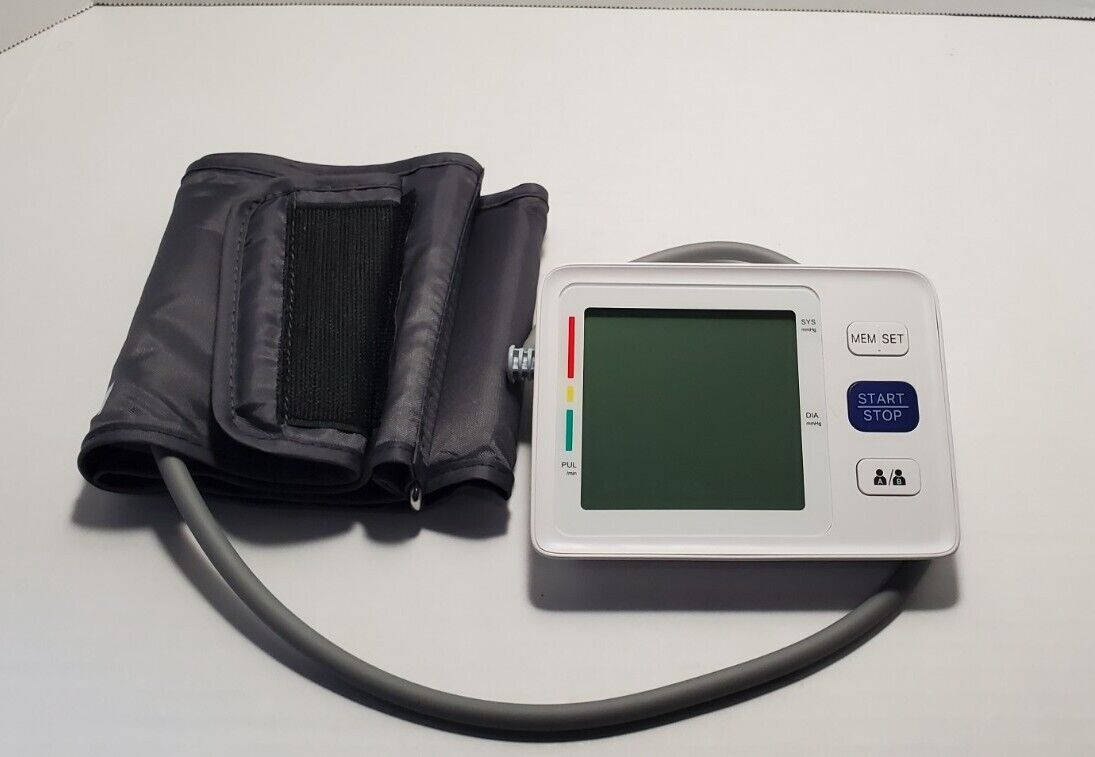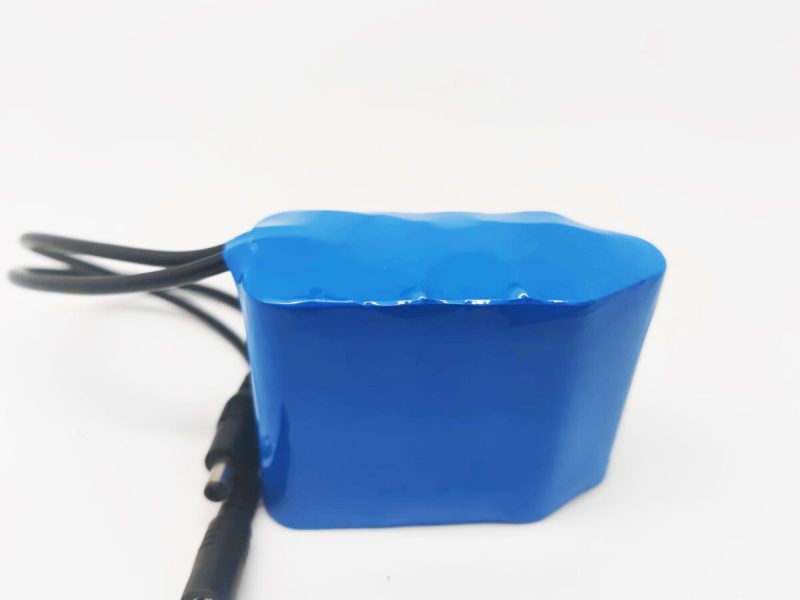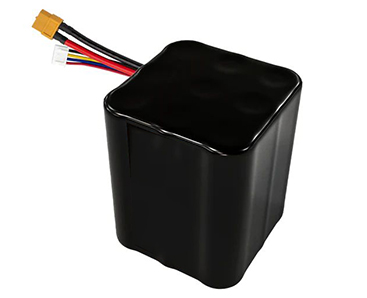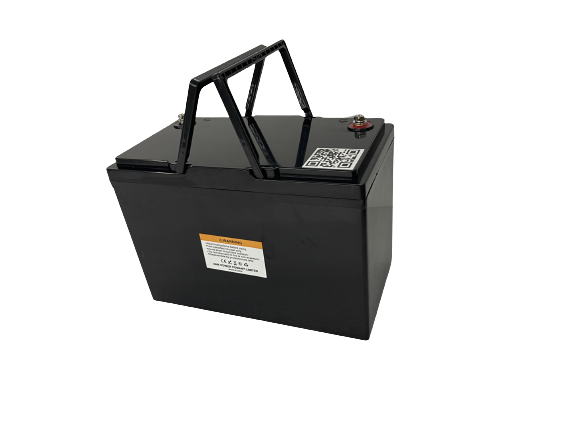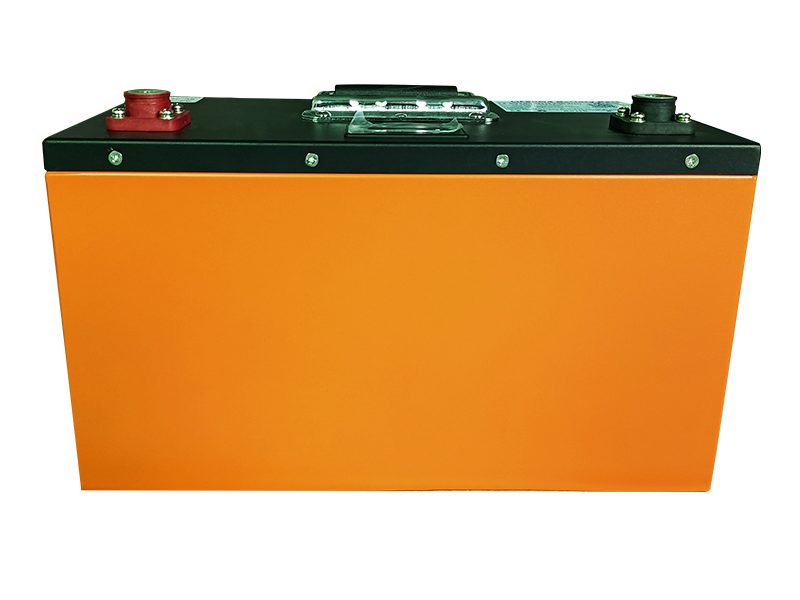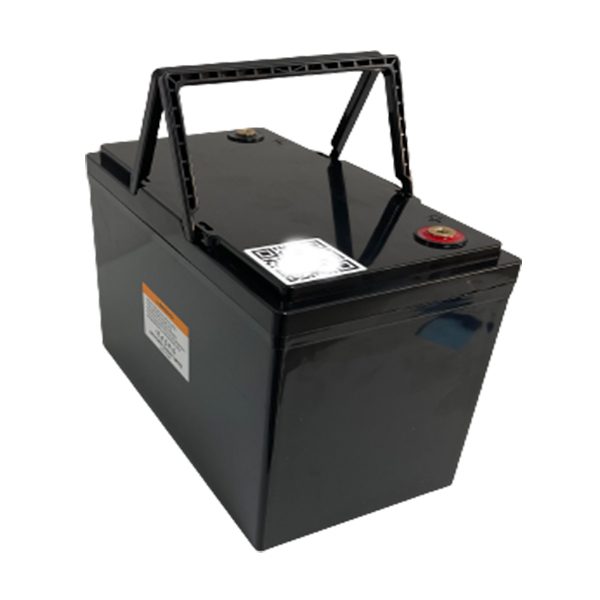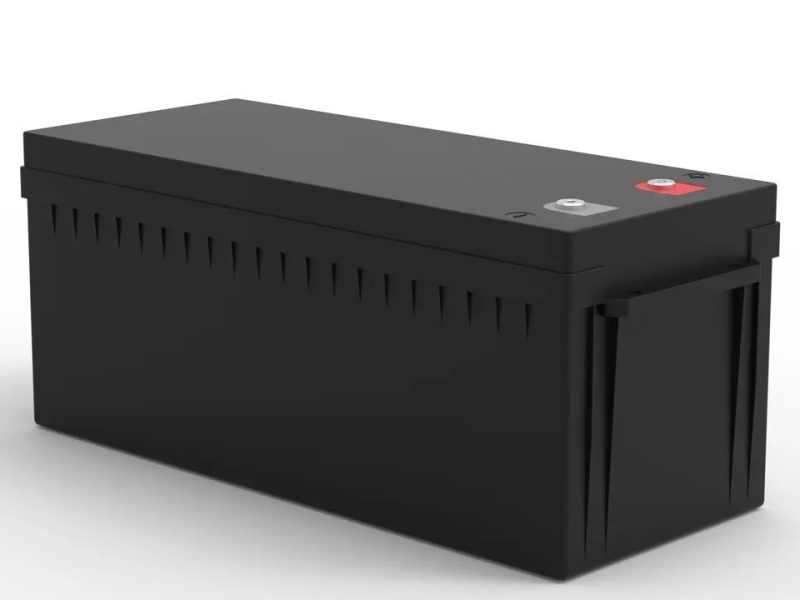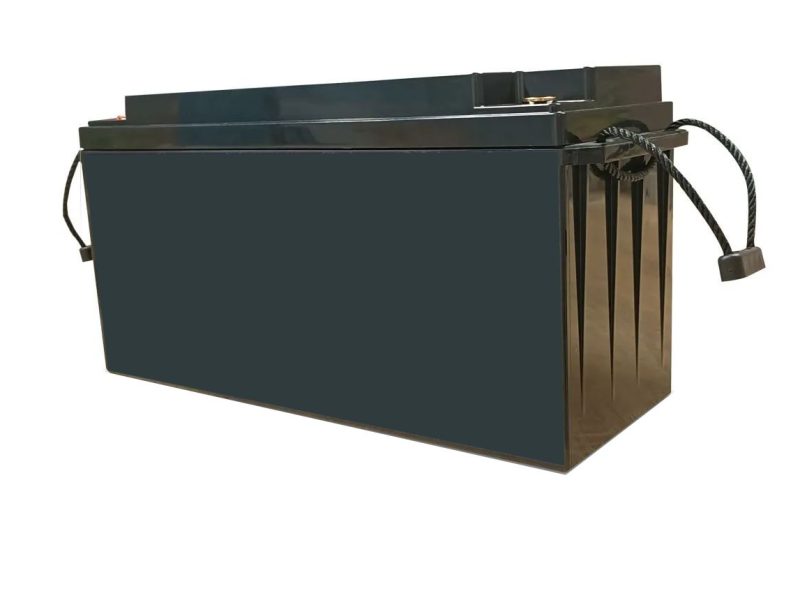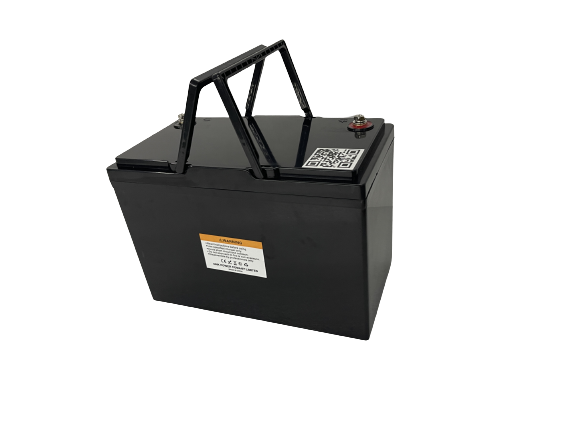Modern blood pressure monitors rely on high-quality batteries to deliver consistent, accurate readings essential for proper health monitoring. This comprehensive guide explores battery types, monitor accuracy factors, and proper calibration techniques to ensure reliable performance and extend device lifespan.
Types of Blood Pressure Monitors and Their Battery Requirements
Blood pressure monitors come in several designs, each with specific power needs and accuracy considerations. Understanding these differences helps select the right device for your requirements.
Upper Arm Digital Monitors
- Most accurate type for home use
- Typically use alkaline batteries (AA or AAA)
- Some premium models feature rechargeable Li-ion battery packs for extended use
- Recommended by healthcare professionals for most reliable readings
Wrist Blood Pressure Monitors
- More portable and convenient
- Usually powered by smaller batteries (often button cell or AAA)
- May provide less consistent readings due to distance from heart
- Some models include rechargeable batteries for regular use
Finger Blood Pressure Monitors
- Least common for home use
- Powered by small button cell batteries
- Generally less accurate than other types
Battery Types and Performance in Blood Pressure Monitors
The type of battery used significantly impacts your blood pressure monitor’s reliability, accuracy, and overall lifespan.
Alkaline Batteries
- Most commonly used in upper arm monitors
- Typically last 4-6 months with regular use
- Provide consistent power output throughout lifespan
- Cost-effective but require periodic replacement
Rechargeable Lithium-Ion Batteries
- Increasingly popular in premium blood pressure monitors
- Eliminate frequent battery replacement needs
- Can last 300+ charging cycles
- Maintain stable voltage for more accurate readings
Lithium Polymer Batteries
- Featured in newer, slim-profile monitors
- Excellent energy density in compact form factor
- Provide longer operational periods between charges
- Ideal for portable, frequently used devices
Ensuring Blood Pressure Monitor Accuracy with Proper Battery Maintenance
Maintaining your monitor’s battery is essential for accurate readings that can affect critical health decisions.
Battery Level Impact on Readings
- Low battery power can cause measurement inaccuracies
- Voltage fluctuations may produce inconsistent readings
- Always check battery indicator before taking measurements
Recommended Battery Replacement Schedule
- Replace alkaline batteries every 4-6 months with regular use
- Recharge lithium batteries when indicator shows below 20% capacity
- Follow manufacturer guidelines for specific replacement intervals
How to Calibrate Your Blood Pressure Monitor for Optimal Performance
Regular calibration ensures your blood pressure monitor continues to provide reliable readings.
Professional Calibration Methods
- Send to manufacturer or authorized service center annually
- Have healthcare provider compare readings with clinical equipment
- Follow manufacturer’s specific calibration instructions
At-Home Calibration Steps
- Check Battery Status: Ensure batteries are fully charged or replace with new ones from quality manufacturers like Vade Battery
- Verify Proper Measurement Technique: Maintain correct posture, remain quiet, and relax during measurements
- Compare Multiple Readings: Take several measurements at different times to check for consistency
- Consult User Manual: Review manufacturer-specific calibration procedures
Why Quality Batteries Matter for Blood Pressure Monitoring
Using premium batteries like those from Vade Battery provides significant advantages for medical device performance.
Benefits of High-Quality Custom Rechargeable Batteries
- Extended operational lifespan between charges
- More stable voltage delivery for consistent readings
- Reduced environmental impact through fewer disposable batteries
- Long-term cost savings through hundreds of recharge cycles
Vade Battery Advantages for Medical Devices
- Custom Li-ion, Lithium polymer, and LiFePO4 battery options
- Enhanced safety features critical for medical applications
- Consistent power delivery for accurate measurements
- Cost-effective long-term power solution
Maintenance Tips for Extending Battery Life in Blood Pressure Monitors
Proper care can significantly extend your blood pressure monitor’s battery performance.
Optimal Storage Conditions
- Store at room temperature (approximately 20°C/68°F)
- Avoid exposure to extreme heat or cold
- Remove batteries when monitor won’t be used for extended periods
Proper Charging Practices for Rechargeable Monitors
- Follow manufacturer’s recommended charging procedures
- Avoid completely depleting rechargeable batteries
- Use only approved charging equipment
Selecting a high-quality blood pressure monitor powered by reliable batteries ensures accurate health monitoring and peace of mind. With proper maintenance and calibration, your device will provide dependable service for years to come.

